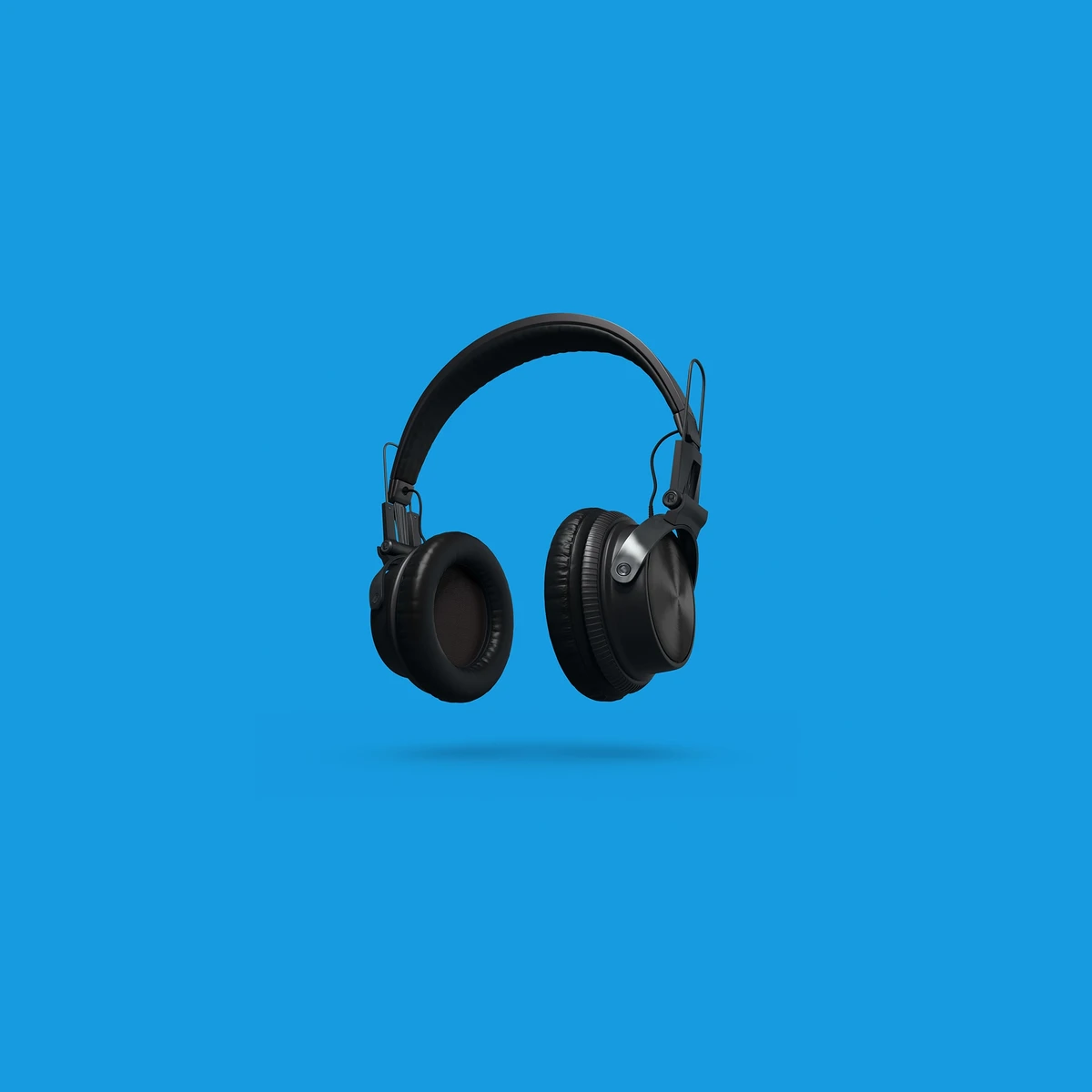Better companies
Fail fast, fail often
Cybersecurity, in the Plural
As passwordless authentication emerges as one of the next big shifts in cybersecurity, the story of multi-factor authentication (M…
Tuesday, 1 July 2025
article

The word “podcast” - a blend of “iPod” and “broadcast” - emerged in the early 2000s, at the intersection of radio, broadband internet, and portable media players. Yet it took nearly a generation for the format to take off.
Initially stuck in a niche market, podcasts faced technical barriers, low listening habits, and a lack of viable business models.
The late 2000s saw a turning point with the rise of smartphones, apps like Apple Podcasts and Spotify, as well as breakout series that reached wider audiences.
In 2014, the U.S. podcast Serial marked a shift - proving podcasts could attract mass audiences and deliver immersive storytelling.
The COVID-19 crisis and 2020 lockdowns further accelerated adoption, as daily listening habits evolved in a world of remote working, multitasking, and changing lifestyles.
Today, podcasting enjoys mainstream legitimacy and diversified revenue models (ads, subscriptions, public and institutional funding), though profitability remains elusive for many independent producers. The format is appreciated for its wide range of content - news features, historical storytelling, audio fiction, intimate testimonies, science explainers, and more.
Podcast take-up has been both hindered and propelled by human factors.
Resistance to change was a major hurdle: accustomed to traditional media (radio, TV), audiences were slow to adopt this new format. Being produced outside established circuits, podcasts also suffered early on from concerns about content quality and credibility.
Conversely, several human-centered factors fueled growth. Podcasts tapped into a growing desire for personalization and intimacy, offering listeners the freedom to choose content at their own pace - encouraging focus and reflection over passive zapping.
They also enabled alternative stories and new voices to emerge, giving platforms to people who were underrepresented in mainstream media. This diversity, bolstered by a strong sense of community, fosters identification, conversation, and engagement.
Today, listening to podcasts is a daily habit for hundreds of millions of people. In France, for instance, a study by ACPM and CSA shows that 64 % of people listen to podcasts at least once a week.